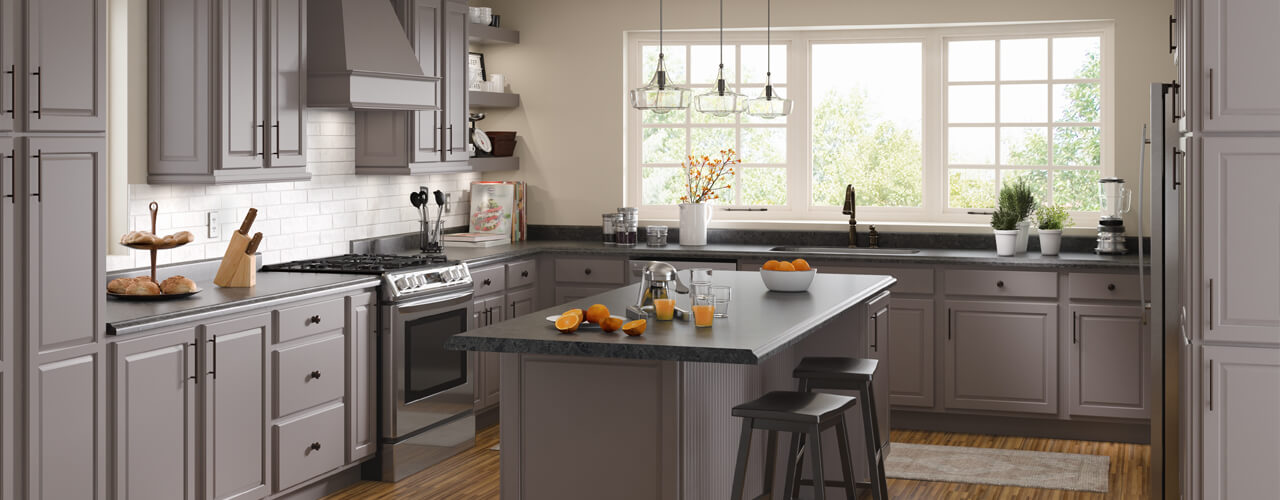How to Apply Edge Banding to Particle Board
When working on DIY projects like furniture, cabinets, shelving, or other crafts, an unfinished particle board edge can be unsightly and prone to damage. Covering those edges with peel-and-stick edge banding is the easiest solution, no need to mess with sticky glue or specialized tools. Get our 1-millimeter thick PVC edge banding at Menards in select finishes to protect your edges, stocked near 3/4" shelving.
It's not just shelving that our edge banding can be applied to, it can be used on any Dakota product. This includes handi-panels, slatwall, Dakota Closets, and more if a cleaner look is desired. If installing edge banding on a panel that is less than 3/4" thickness, use the edge trimmer found at Menards to trim off the excess. This is important for 5/8" decorative shelves that are cut to size or 1/2" handi panels. For Dakota Closets, edge banding can be installed in any of the three closet finishes, white, cottage, or charcoal. The most popular edge banding application for closets is banding the top of wall mounted uprights, especially when lower than eye level.
What You'll Need:
- 3/4" x 98" Edge Banding (choose your finish)
- Tape measure and scissors
- Edge trimmer (if applying to panel less than 3/4" think)
First, prepare the edges you are planning to apply edge banding to. For the best adhesion, edges must be clean, dry, and smooth.
Next, measure your panel, board, or piece of furniture to determine the length of edge banding required to cover each edge. Depending on your project, this could be from the outside edge or inside edge.
Based on your measurements, cut the edge banding to length using scissors. Ensure your cut is perpendicular to the edge of the banding and the exact length, this will make applying the edge banding easier. If you want a cleaner look, you can cut each end at 45 degrees to mimic a mitered corner.
Now you're ready to apply it to the edge. Remove the backing, start at one end, and press lightly until it is lined up with the entire edge. Once you're ready, press firmly along the entire edge to ensure it is applied well. You can use a roller or a blunt tool to help you with this step.
If any of your strips were cut too long, use a sharp blade to cut the excess and use sandpaper if there are any sharp edges. Check one last time to ensure all banding is lined up and applied well.

Peel and stick edge banding is the quickest and easiest way to clean up exposed particle board edges. This is very DIY friendly and helps you complete the finishing touches on your project. With just a bit of care and patience, you can get professional looking edges like the pros.


